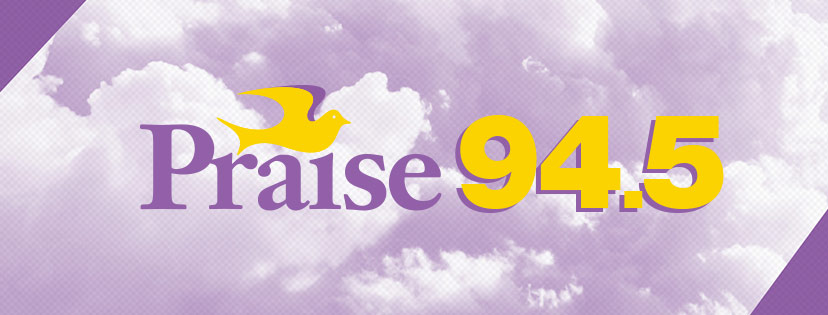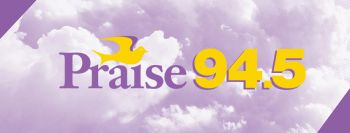According to the National Sleep Foundation’s 2005 Sleep in America poll, 60% of adult drivers – about 168 million people – say they have driven a vehicle while feeling drowsy in the past year, and more than one-third, (37% or 103 million people), have actually fallen asleep at the wheel!
In fact, of those who have nodded off, 13% say they have done so at least once a month. Four percent – approximately eleven million drivers – admit they have had an accident or near accident because they dozed off or were too tired to drive.
The National Highway Traffic Safety Administration conservatively estimates that 100,000 police-reported crashes are the direct result of driver fatigue each year. This results in an estimated 1,550 deaths, 71,000 injuries, and $12.5 billion in monetary losses. These figures may be the tip of the iceberg, since currently it is difficult to attribute crashes to sleepiness.
- There is no test to determine sleepiness as there is for intoxication, i.e. a “Breathalyzer”.
- State reporting practices are inconsistent. There is little or no police training in identifying drowsiness as a crash factor. Every state currently addresses fatigue and/or sleepiness in some way in their crash report forms. However, the codes are inconsistent and two states (Missouri and Wisconsin) do not have specific codes for fatigue and/or fell asleep.
- Self-reporting is unreliable.
- Drowsiness/fatigue may play a role in crashes attributed to other causes such as alcohol. About one million such crashes annually are thought to be produced by driver inattention/lapses.
- According to data from Australia, England, Finland, and other European nations, all of whom have more consistent crash reporting procedures than the U.S., drowsy driving represents 10 to 30 percent of all crashes.
CLICK HERE to read story
article courtesy of BlackDoctor.org














